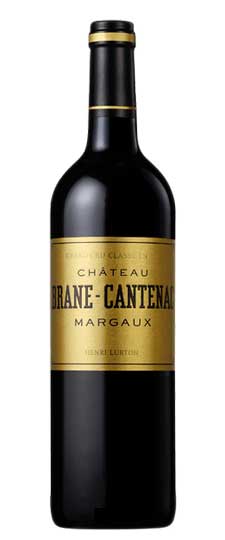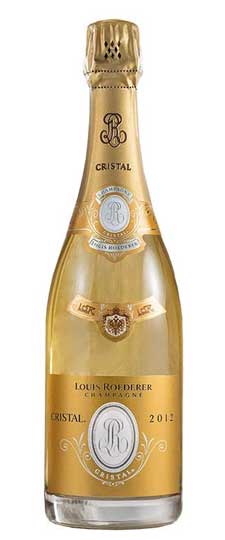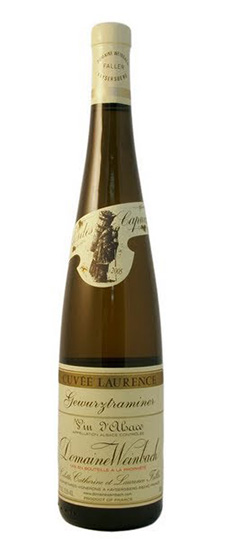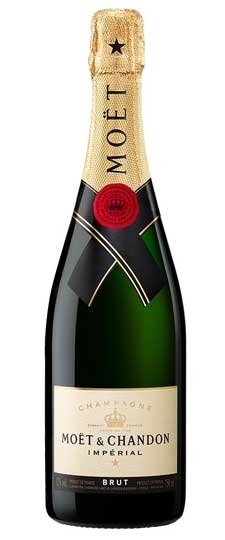Wine Score
Louis Roederer Cristal Champagne is typically a blend of 40% Chardonnay and 60% Pinot Noir (without skin) grapes.
The annual production is 300,000 to 400,000 bottles.
Two-thirds of the grapes needed for the production are sourced from the 240-acre Louis Roederer vineyard. This is rare for Champagne houses as most of them do not grow their own grapes – they source it from across the region.
So it is noteworthy that Roederer had acquired the finest land even in the mid-19th century and nurtured his vineyards with an astute knowledge of their unique characteristics.
These vineyards are in the best terroirs of Champagne, in the Grand Crus and Premiers Crus of the Côte des Blancs, Montagne de Reims, and the Vallée de la Marne.
The chalky soil gives the grapes an exquisite minerality. This enables the vines to attain exceptional fruit maturity that lends a crystalline acidity to the wines.
This exquisite sparkling wine is made from the oldest vines (25 to 60 years old) grown in the Louis Roederer estate under the careful supervision of Chef de Cave (cellar master) Jean-Baptiste Lécaillon .
It is always a vintage Champagne and is produced only in the best vintages in the Champagne region. In the 2010s, only the 2006, 2007, and 2009 vintages were released.
The Rose Cristal was first released in 1974. While it contains more Pinot noir , it gets its coloring from red wine rather than Pinot noir grape skins. This is called the saignée method.
Recently, the Cristal vineyards have moved to biodynamic farming techniques – using solely natural and organic products, and no chemical pesticides.
Although 2008 and 2009 were organically made, 2012 is the first Cristal vintage to be produced from 100% biodynamically farmed grapes.
Region
Champagne Brut Wines
Champagne Brut is dry, sparkling wine from the Champagne region of northern France. Champagne of any color can be brut, both the standard white and Rosé. It is made from the classic Champagne Blend (typically Chardonnay, Pinot Noir and Pinot Meunier) but in theory can also include the four lesser-known Champagne varieties: Pinot Blanc, Pinot Gris, Petit Meslier and Arbane.
The French word brut translates roughly as ‘raw’, and in this sense it indicates a wine bottled in its natural, raw state – i.e. without a significant addition of sweetness (dosage). In practice, almost all brut Champagnes do receive a small addition of sweetness prior to final bottling. Nowadays, the terms “brut nature” and “zero dosage” are used to indicate champagnes with no dosage at all. See Brut Nature.
 Champagne Brut
Champagne Brut
Rows of riddling racks in Champagne
The laws governing Champagne wine labels define brut wine as “containing less than 15 grams per liter of sugar”. This same definition is reflected in E.U. law, and applies to sparkling wines from all European countries. In non-sparkling wines, which lack Champagne’s sparkle and high acidity, this much sugar would leave the wine perceptibly sweet.
The brut style was pioneered by top-end Champagne house Perrier-Jouet in the mid-19th Century, originally for their extensive market in England. The 1846 vintage marked the beginning of a new era; in that year Perrier-Jouet took the brave decision not to add any sugar to their wines destined for the English market. Prior to this, Champagne had always been sweetened, but the drier, unsweetened style soon gained in popularity. Technically speaking, what Perrier-Jouet created would now be defined as Brut Nature.
In the late 20th and early 21st Centuries, dry, white, brut Champagne has become the default. It is now vastly more popular than sweeter styles such as Sec, Demi-Sec and Doux.
The other official Champagne sweetness levels:
- Doux (50+ g/L)
- Demi-sec (33–50 g/L)
- Sec (17–35 g/L)
- Extra-Sec (12–20 g/L)
- Brut (0–12 g/L)
- Extra Brut (0–6 g/L)
- Brut Nature/Zero (0–3 g/L).








